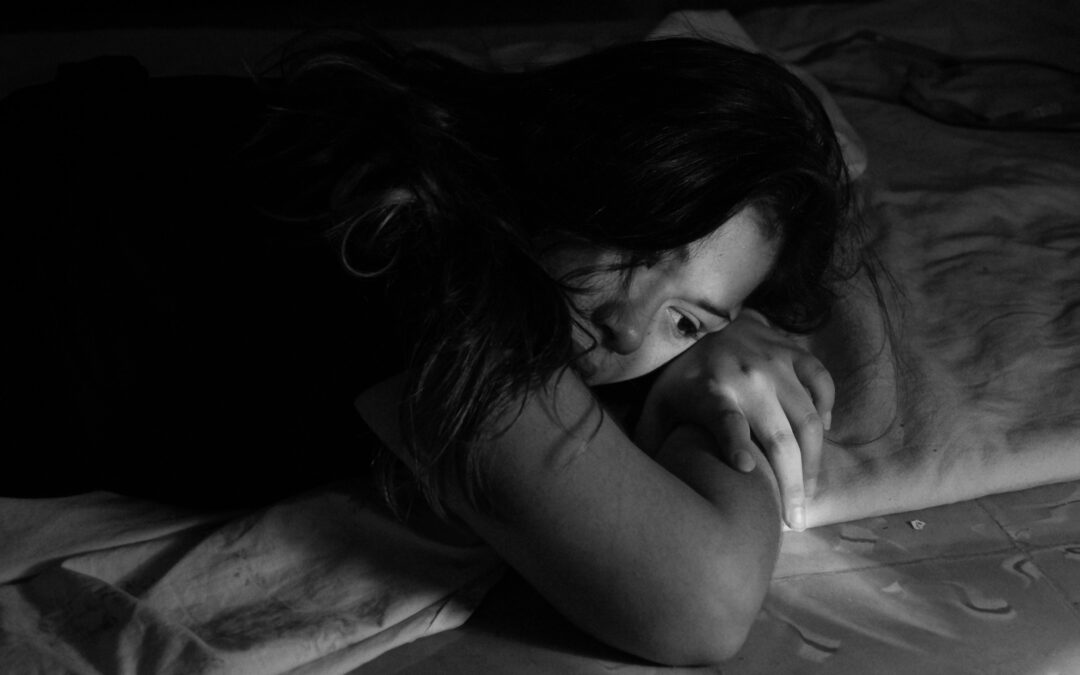Is Obsessive-Compulsive Disorder (OCD) Treatable?
When you hear the term Obsessive-Compulsive Disorder (OCD), you may picture a person who needs items to be arranged in a certain order or seems to be excessively clean and organized. However, OCD is often distorted by myths, and many of them created by poor representation in the media. This can be particularly distressing for people with OCD, as the media often generalizes their struggles to fit into one inaccurate box.
Because many people don’t fit this misconception of ‘obsessive order and cleanliness’ associated with OCD, they might not realize their anxiety and distress is being caused by it. Worse yet, they may not feel comfortable seeking help or opening up to others about their struggles and face constant feelings of shame in secrecy.
So if OCD isn’t what it appears to be in TV shows and movies, just what is it? OCD manifests in different ways, but it is characterized by obsessive, distressful thoughts and compulsive ritualistic behaviors. A person with OCD commonly performs the same act or ritual over and over. These impulses may feel impossible to control. Often, their repetitive behaviors are an effort to reduce distress and anxiety.
The good news is, there are treatments for OCD and to alleviate the distress and anxiety caused by OCD-related obsessions and compulsions in healthy ways. In this blog, we’ll define OCD, its symptoms, treatments, and steps to start your path to healing.
Read: What is OCD? 5 Myths Debunked
What are the symptoms of OCD?
Someone with OCD may have obsessions or behaviors that indicate compulsions, or both. Their symptoms are often followed by difficult feelings of shame that may cause them to conceal symptoms or struggles in secrecy.
In OCD, obsessions are defined as repetitive thoughts, urges, impulses or mental images that cause anxiety or distress. These obsessions are not desired and considered intrusive. Someone with OCD may try to ignore or suppress these obsessions with another thought or action.
Some common obsessions people with OCD might show include:
- A fear of germs can include the fear of touching things others have touched, shaking hands, or being around sick people, and more.
- A strong need for order can lead to extreme anxiety when things are out of order, asymmetrical, or when someone else moves them.
- Aggressive thoughts often mean the fear of hurting others or themselves. This can lead to compulsive behaviors, such as obsession with violence in the media (like news reports or crime shows).
To find relief from the stress that comes with obsessive thoughts, many people with OCD develop repetitive actions and behaviors. There is a strong compulsion to perform these actions and behaviors and with time they may even become automatic and ritualistic.
Some examples of common compulsions include:
- Immoderate handwashing or cleaning multiple times a day.
- Excessive organizing that often means things must be in a precise manner.
- Ritualistic counting of the number of steps taken or numbers on a clock.
- Repeatedly checking on things to make sure they’re locked or turned off.
While people without OCD can have some mild compulsions—such as needing to check the door is locked a time or two before going to bed—people with OCD experience a much stronger negative impact in day-to-day life as a direct result of these compulsions and obsessive thoughts.
With OCD, they may be unable to control the behavior or identify them or their thoughts as untrue or irrational even when their behaviors cause them distress or hurt them in other areas of their life, especially in their social connections or at work.
Read: When to Seek a Diagnosis for Mental Health Conditions: A Checklist
What is an example of OCD?
While OCD varies greatly by person, it is often characterized by an obsessive, distressing thought that leads the person to compulsively act each time they have a recurring thought.
Someone with OCD who is afraid of getting germs may wash their hands each time they touch something many others have touched too, like a copy machine at work. The intrusive thought that they’ve now become contaminated after touching the copy machine will continue to distress them throughout the work day until they perform an action that will alleviate their anxiety. They may become irritable and unable to focus on work. To them, washing their hands is the only way to find relief from the anxiety and fear they’d been experiencing.
Read: How to Combat Negative Self-Talk with Self-Compassion
How can OCD be treated?
On average, people diagnosed with OCD take about 11 years to receive treatment, despite OCD being treatable. This could be due to a wide array of factors, including many people struggling to accept their diagnosis. However, a large reason for this gap is the difficulties and stigma people with OCD face day-to-day. Deep feelings of shame make it hard for them to talk about what they’re going through and seek help.
Some common forms of treatment for OCD include Exposure and Response Prevention (ERP) and Cognitive Behavioral Therapy (CBT).
- ERP encourages people with OCD to face their fears without engaging in compulsive behaviors to break out of the cycle. This therapy helps people confront uncomfortable situations to help minimize their anxiety towards them through repeated exposure.
- While CBT offers elements of exposure and response therapy, it also focuses on other cognitive areas of OCD to challenge negative or harmful ways of thinking.
If necessary, medication may be recommended by a psychiatrist. Selective serotonin reuptake inhibitors (SSRIs) are usually the preferred initial pharmacotherapy. While medication can be very helpful in some cases, it’s important to note pharmacotherapy should always be closely monitored by a healthcare provider, such as a licensed psychiatrist.
Read: From Isolated to Connected: How Group Therapy Works and its Benefits
The earlier people with OCD get help, the better.
When people with OCD take the steps to get diagnosed and receive treatment, they can experience significant improvement. Some people may even experience remission. If you feel you might benefit from seeking help, here are some steps to get you started towards relief:
- Recognize you may have some symptoms of OCD and understand that seeking help is a positive and proactive step.
- Learn more about OCD, its symptoms and the common treatments. By being here, you’re already one step further.
- Find a mental health professional who specializes in CBT.
- Reach out to trusted friends or family members for support.
- Keep a journal to track thoughts, feelings, and behaviors related to OCD.
- Set achievable goals and celebrate each small victory.
- Practice self-care by prioritizing regular exercise, sufficient sleep, and healthy eating.
- Be persistent. Recovery from OCD may take time, and setbacks may happen.
Remember, OCD is a medical condition, not a personal weakness. Some of your thoughts and actions may feel entirely out of your control, but it doesn’t have to always be like this. With the right treatment and help, you can regain control of your life and find relief from the anxiety and stress plaguing your every day. You’ve already taken the first step, let us help you take the next.
If the symptoms we’ve discussed resonate with you or if you’d simply like to learn more about yourself, reach out to us Austin Anxiety and Trauma Specialists. We have experts in CBT ready to provide you with the support you and offer personalized OCD treatment. Schedule an appointment today and take that next step on the path to relief. It can get better. We can help.







